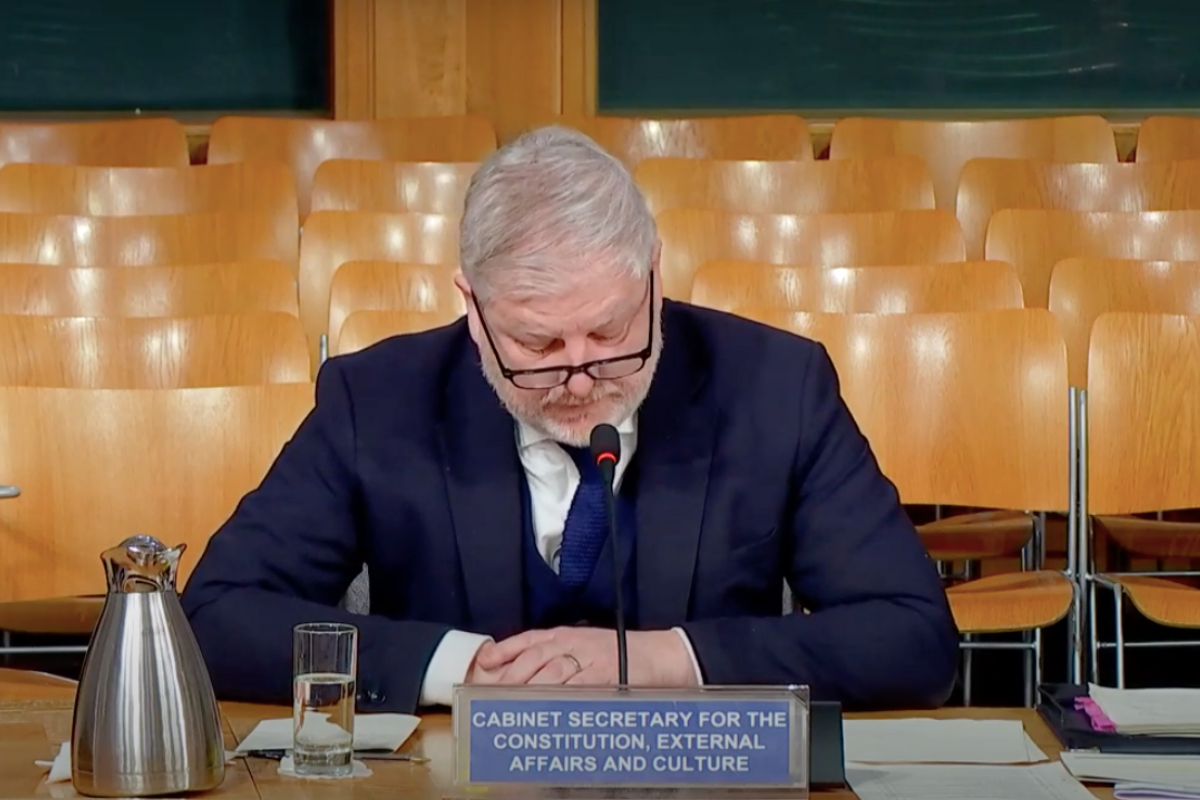
Robertson speaking at last week's committee meeting
Photo: Scottish parliament
Use philanthropy to increase arts funding, says Robertson
Scotland’s Cultural Secretary Angus Robertson says exploring new funding streams in addition to government funding, and working closely with local authorities, will be key for the future of the sector.
Scotland’s Culture Secretary Angus Robertson has suggested the country looks to philanthropists to help fund the arts.
Speaking before the Constitution, Europe, External Affairs and Culture Comm...
Subscribe to read more
Get unlimited access to the latest news, features and opinion from the arts, culture and heritage sectors
Already subscribed? Log in
Usually have access through your university?
Join the Discussion
You must be logged in to post a comment.